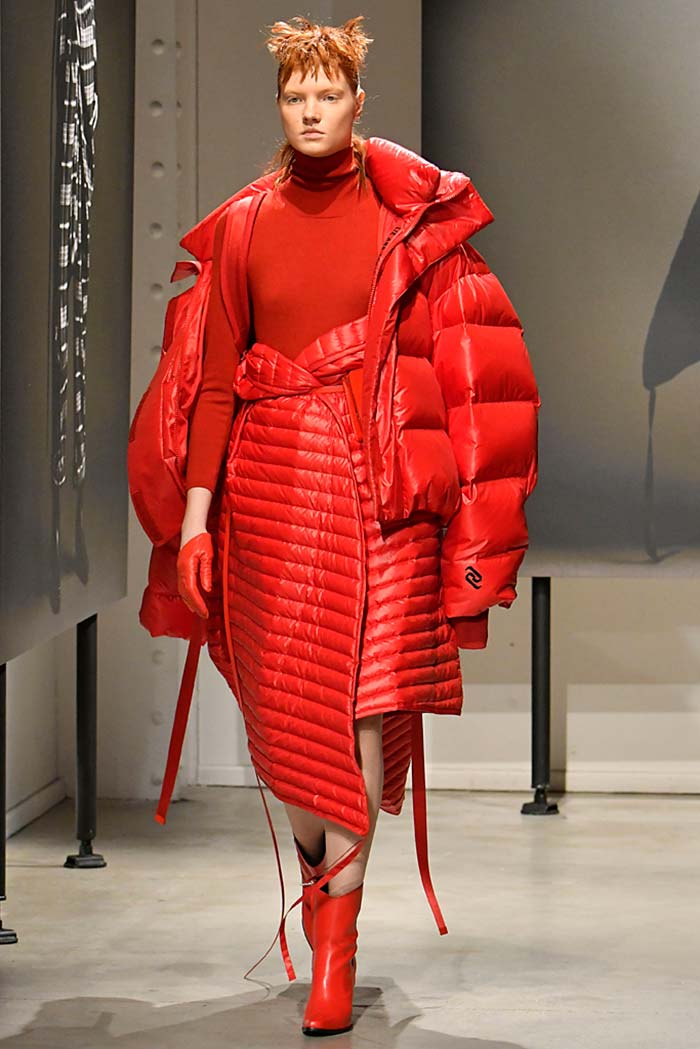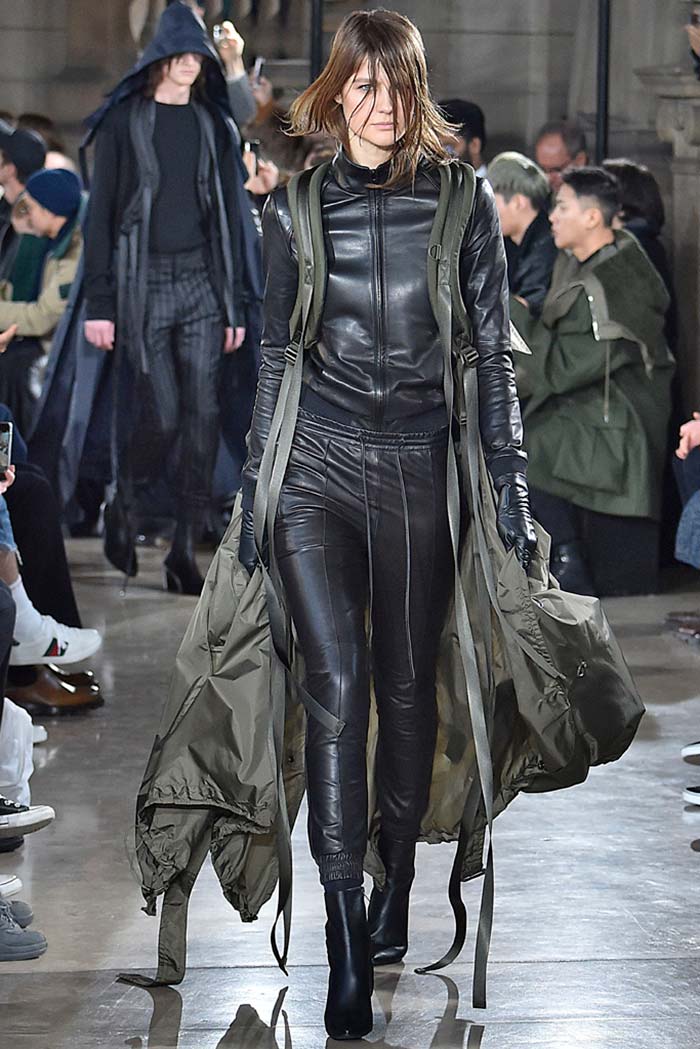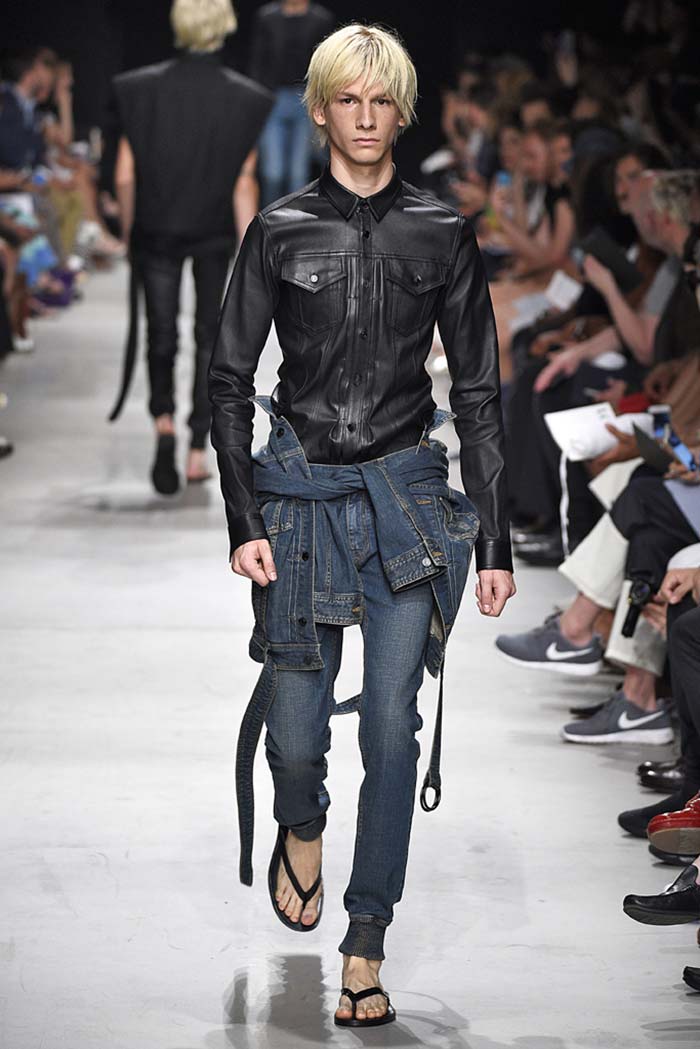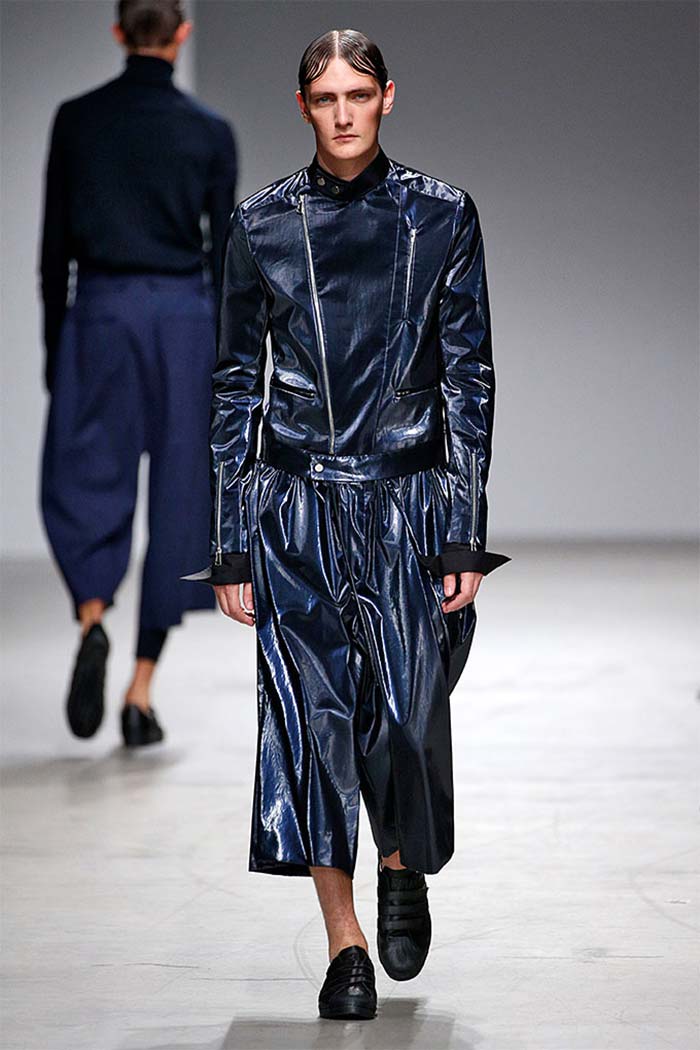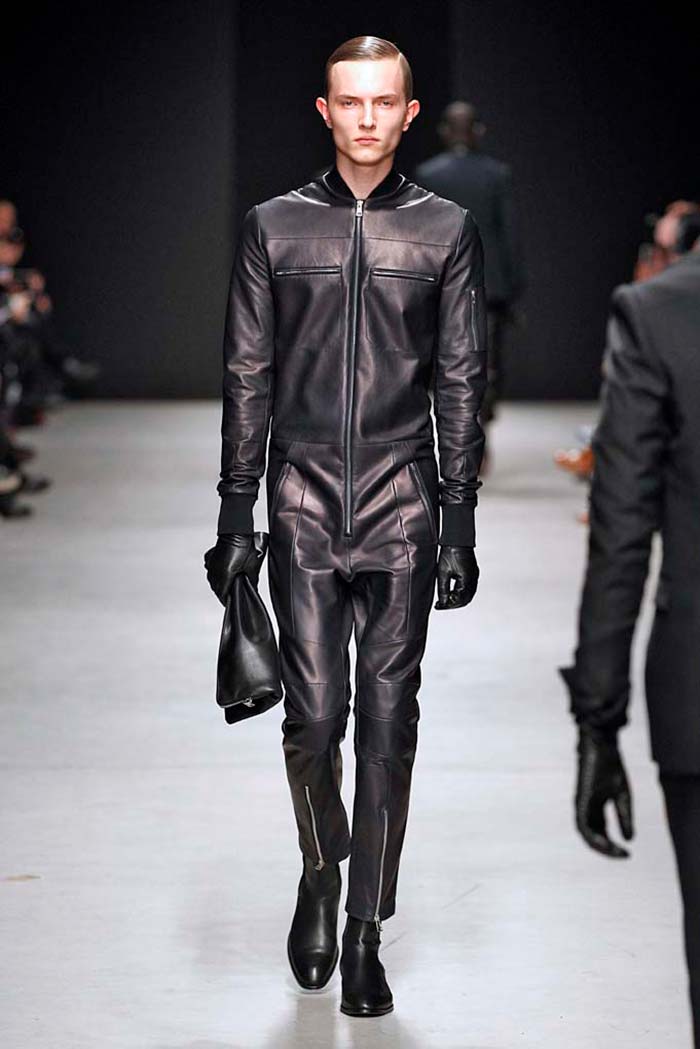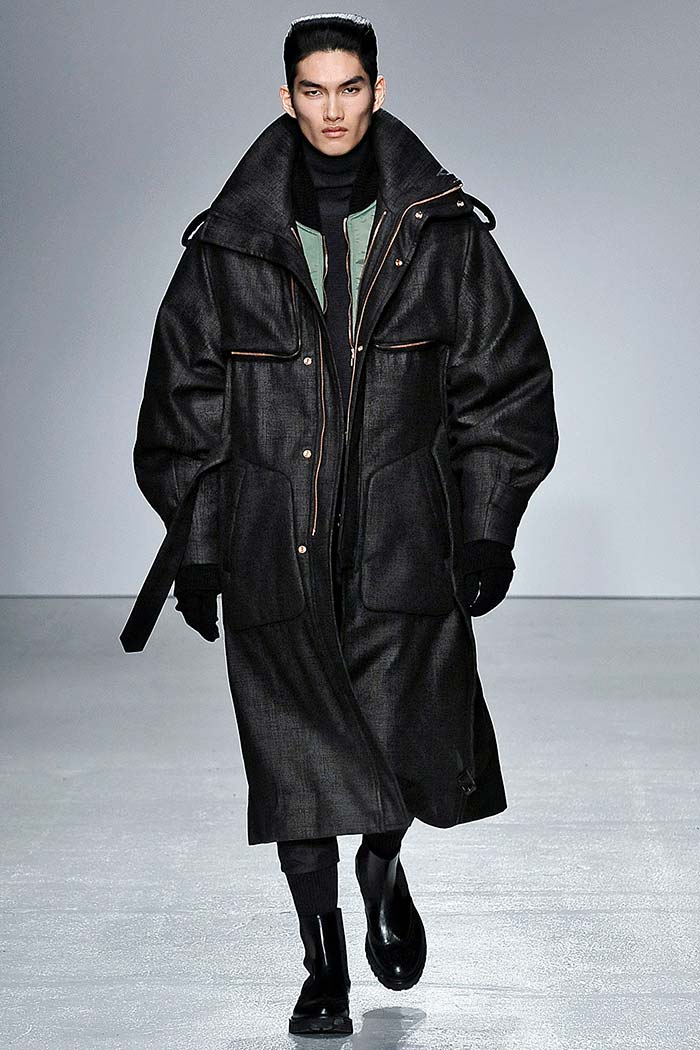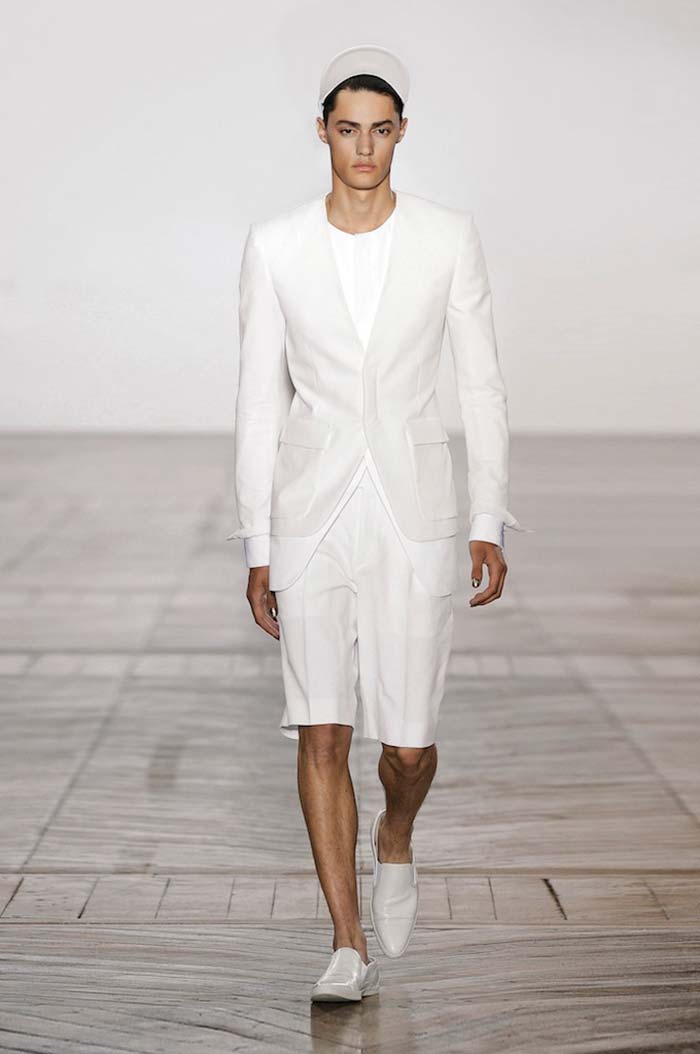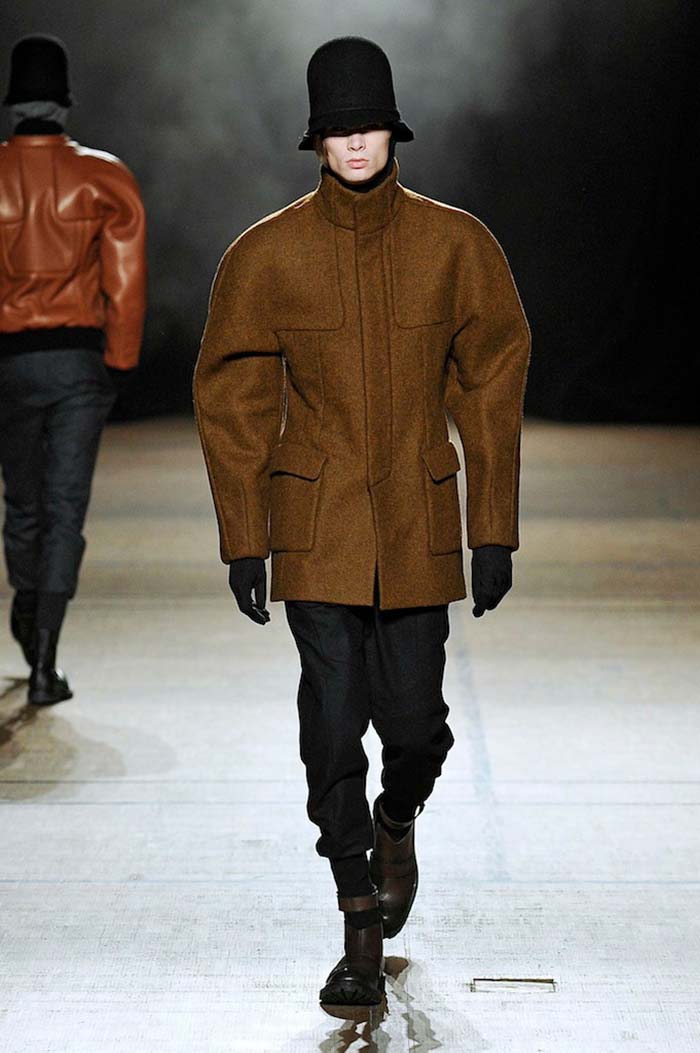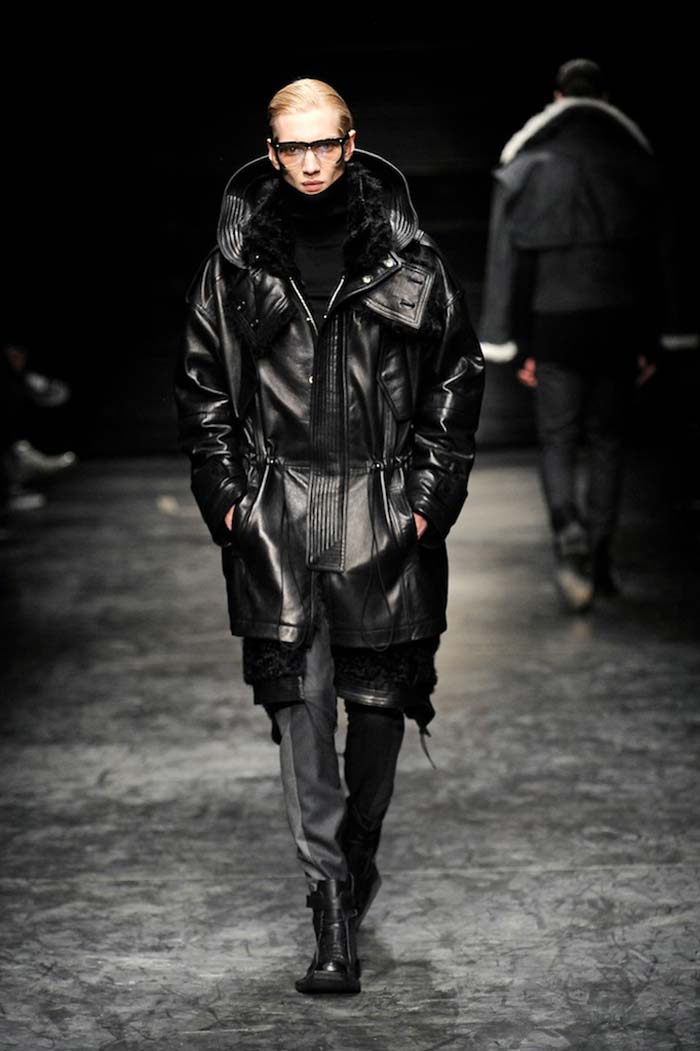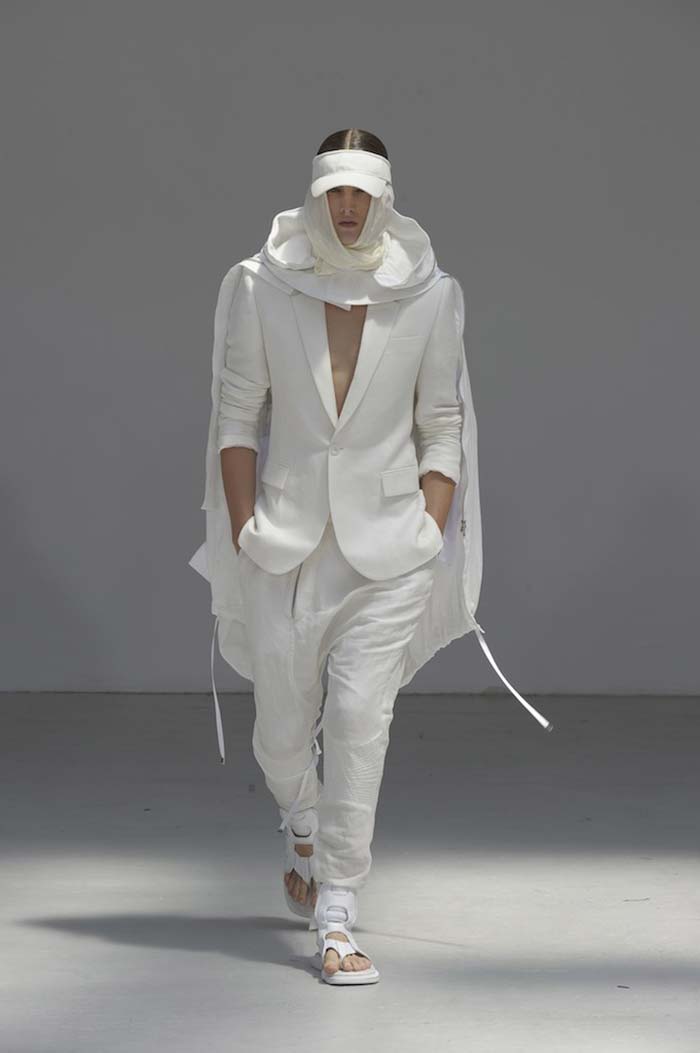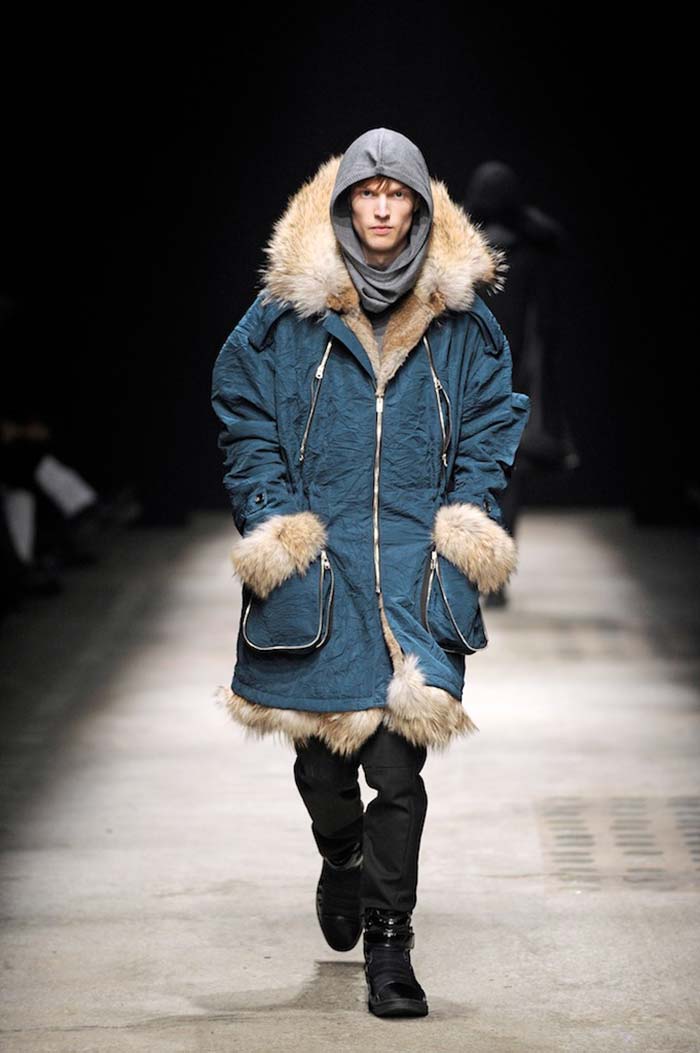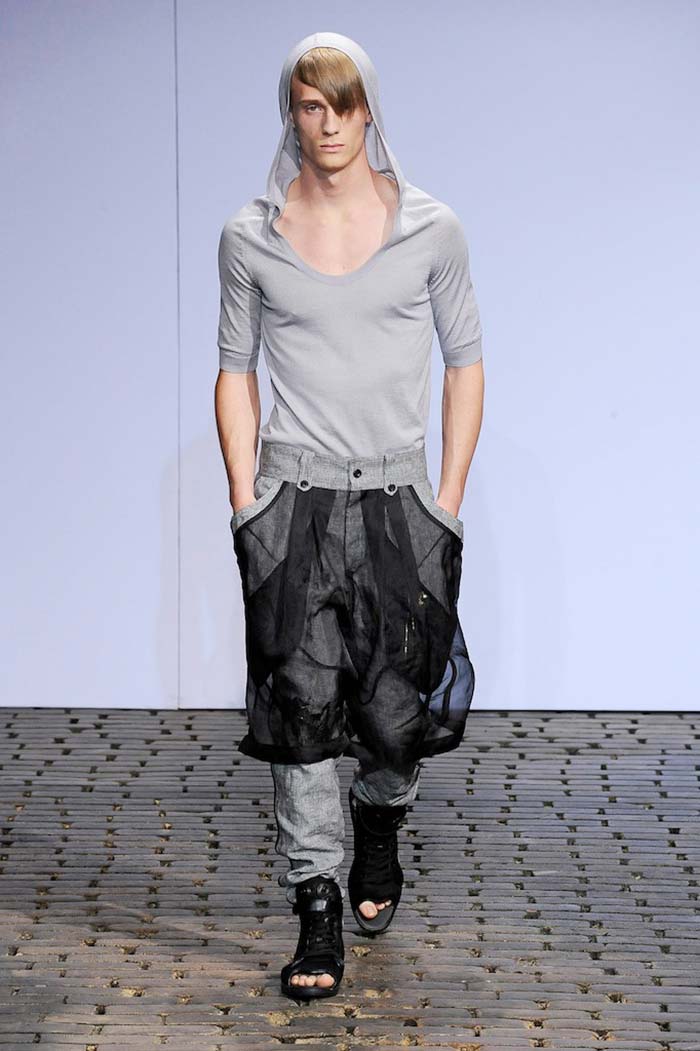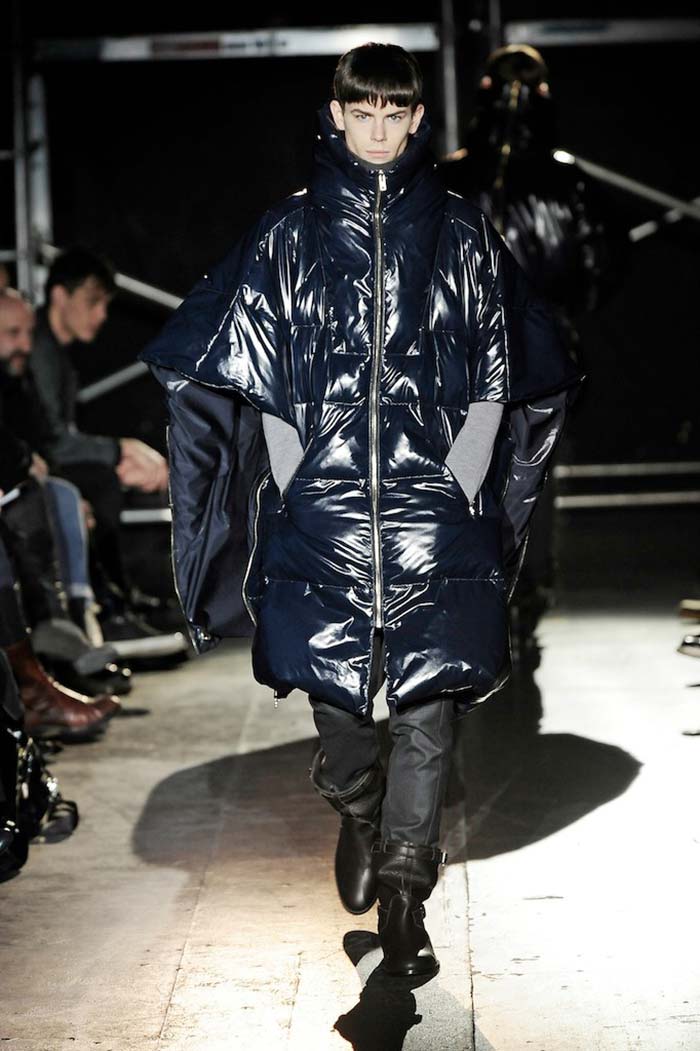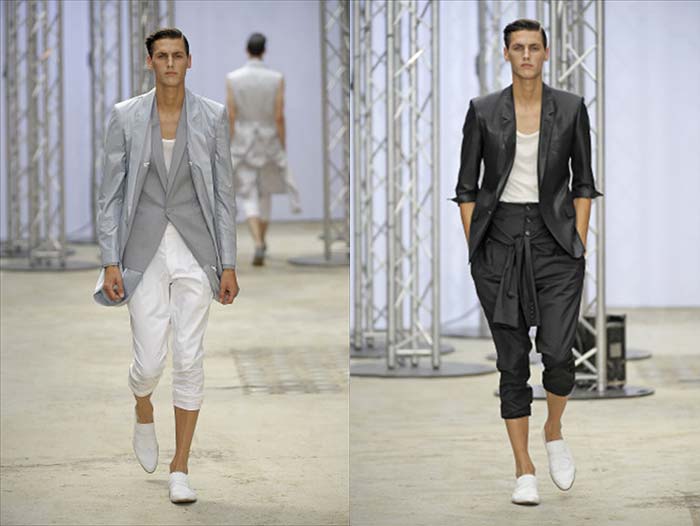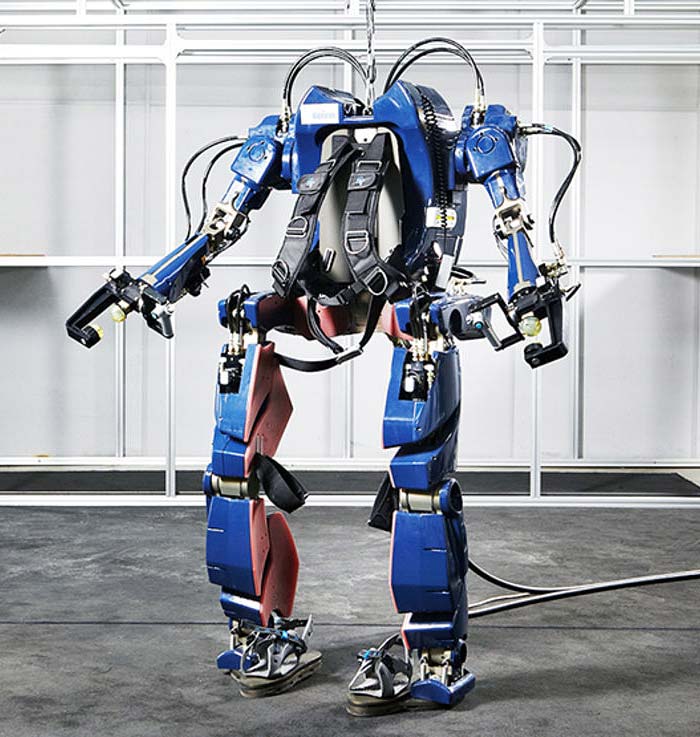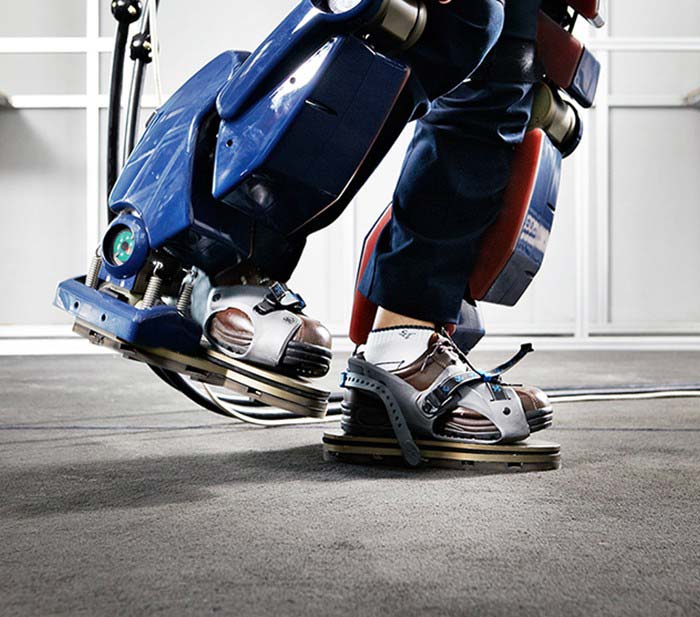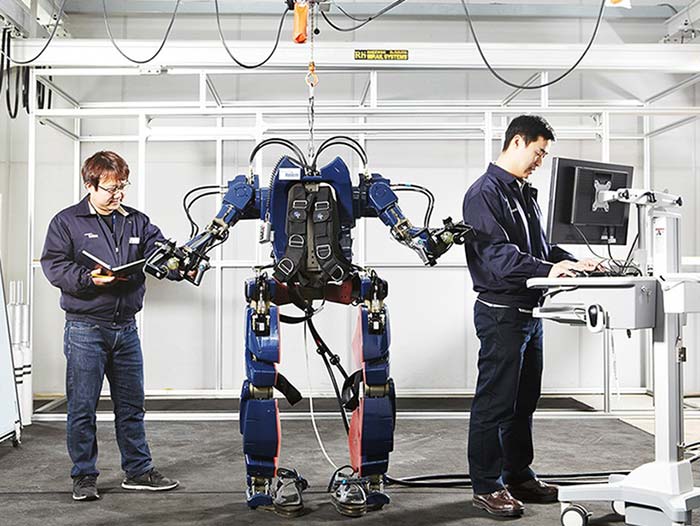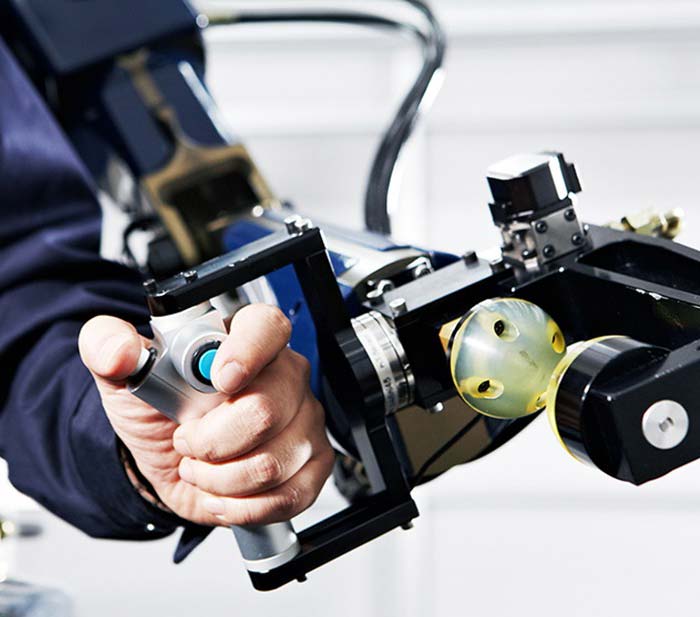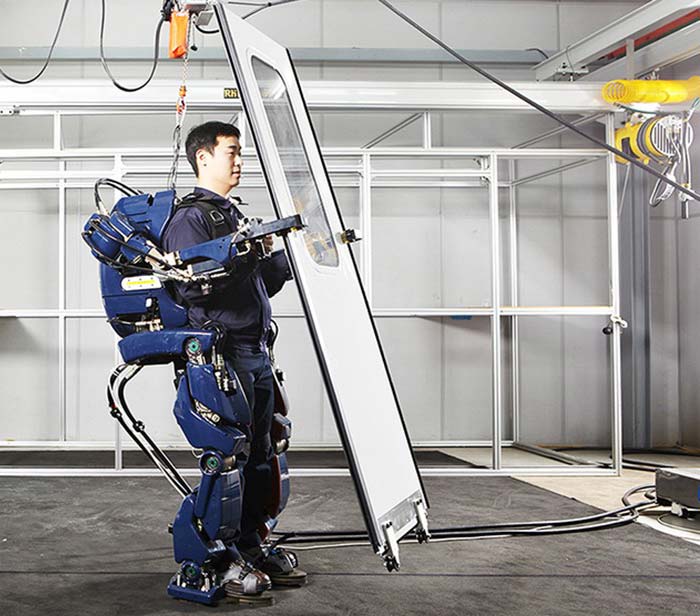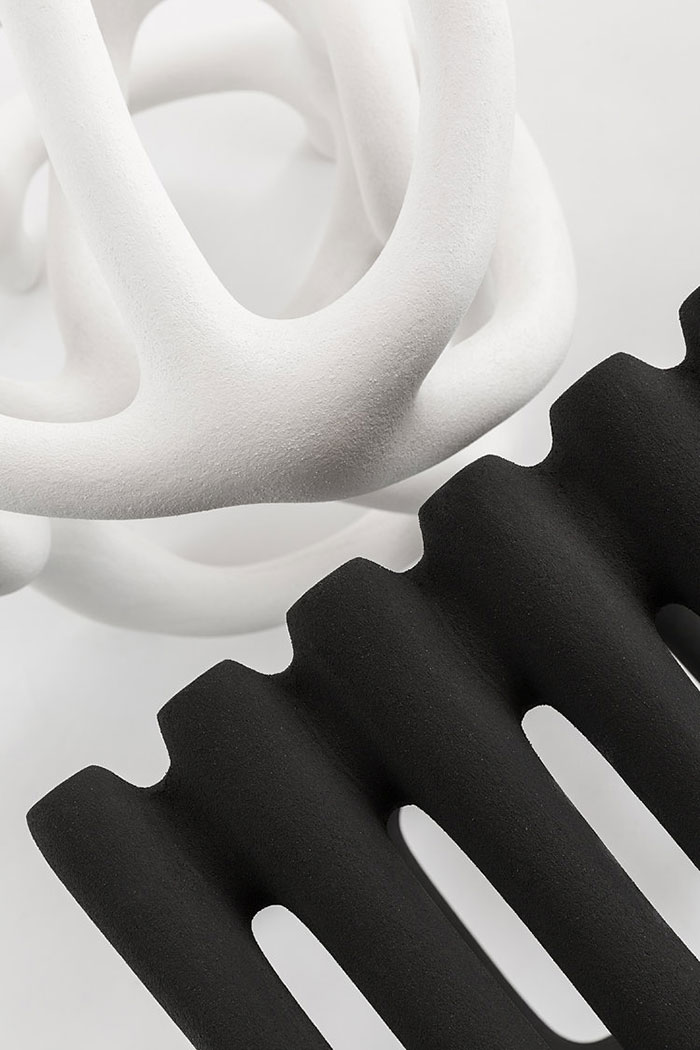
Spring Collection 2017
In contrast to the exploration and curiosity of forms we had of making with Hot Wire Extensions, this a collection creating the most simple and basic structure using the process. Aimed for efficiency we used only straight lines and simple shapes that almost resembles scaffolding or basic wood work. However, when the object is finally solidified the simplest structure high-lights the smooth joints that the process creates in a very subtle way. Still containing the unique aesthetic of the process the objects connects with the audience through the friendly and familiar feeling of the objects which are the most basic archetypes of furniture.
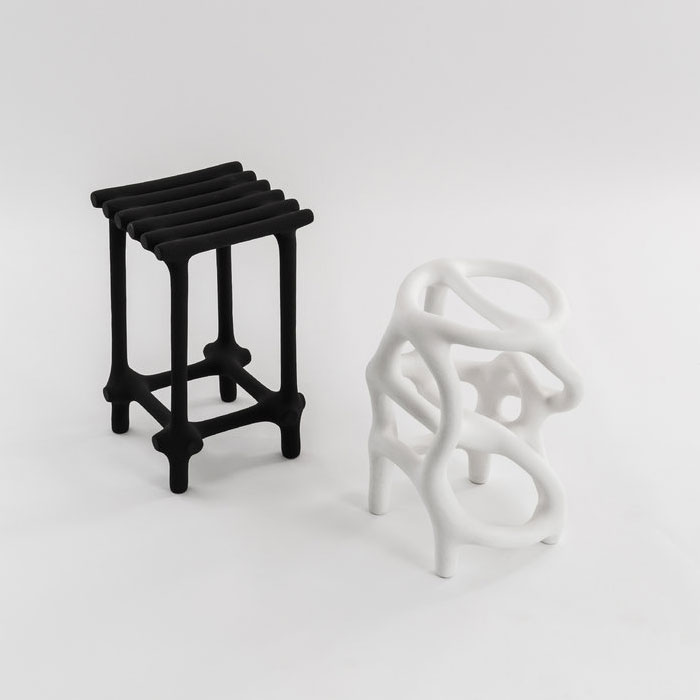
Basic- and Random Stool 35 x 35 x 48 cm (2017) and 32 x 32 x 45 cm (2015)
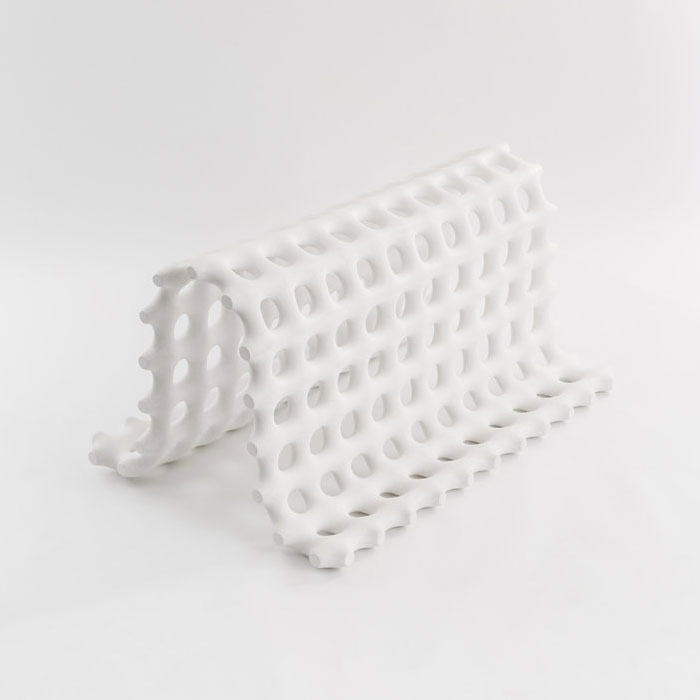
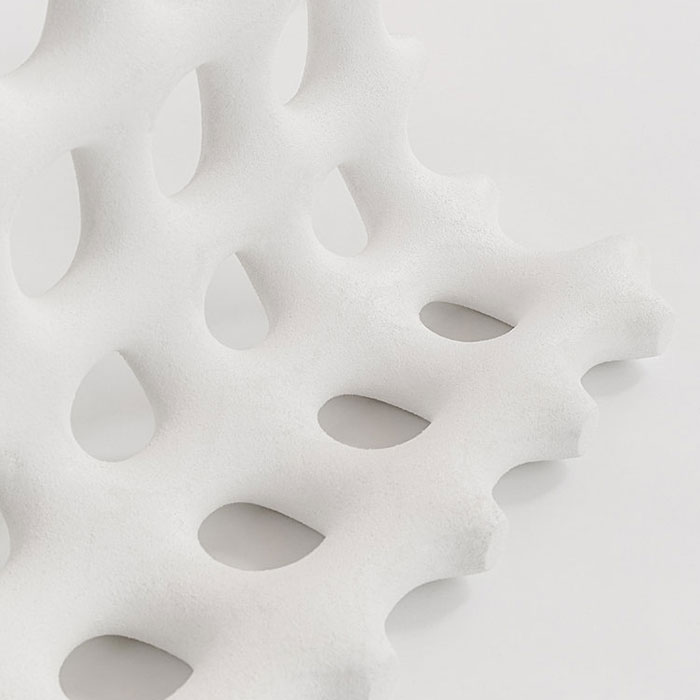
Grid Bench 2016 66 x 100 x 50 cm
Embracing the knowledge we have gained through the previous collection. We aimed this collection to have the playfulness of the random structure we have made before and the strict straight lines of the grid. The far off elements when designing and shaping an object comes together effortlessly and beautifully. The collection consists of three pieces highlighting the elements in each design
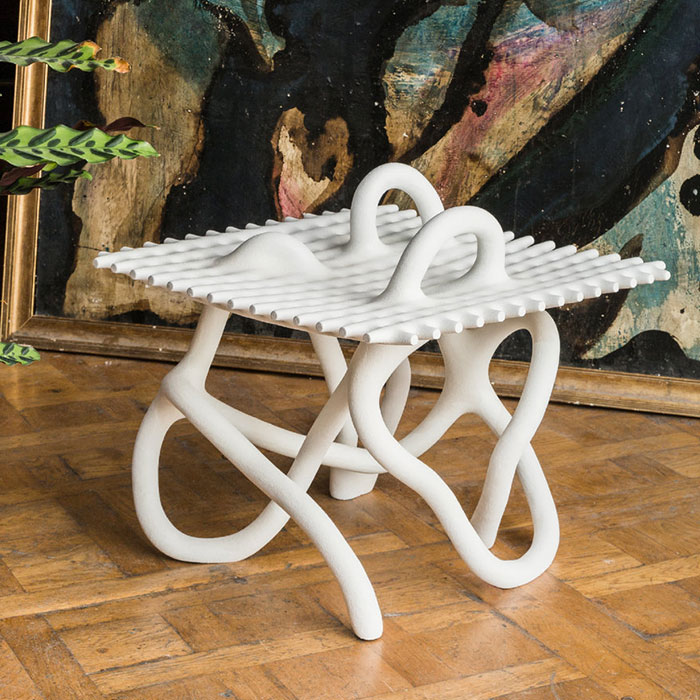
Random Table with Grid 2016 65 x 65 x 55 cm
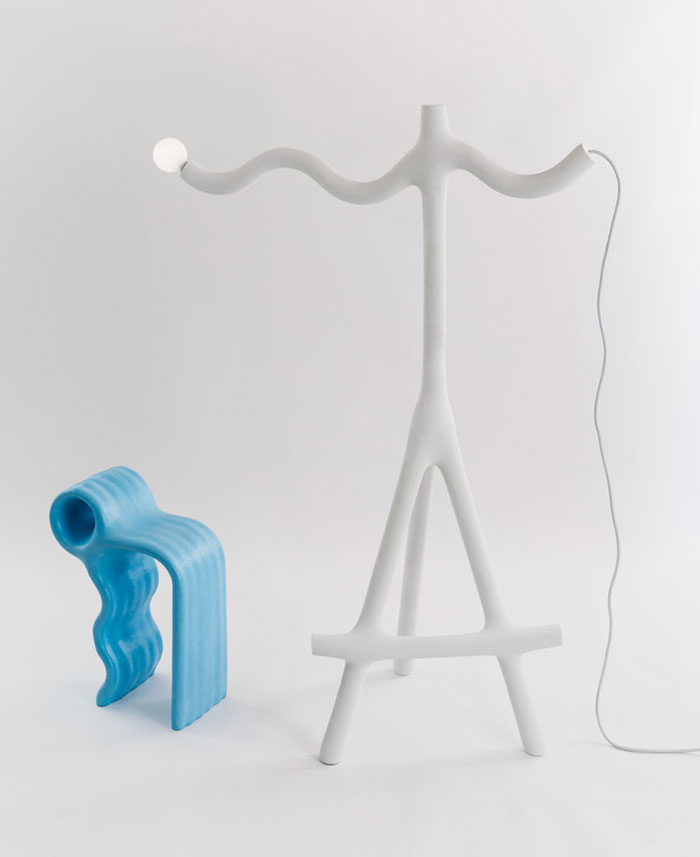
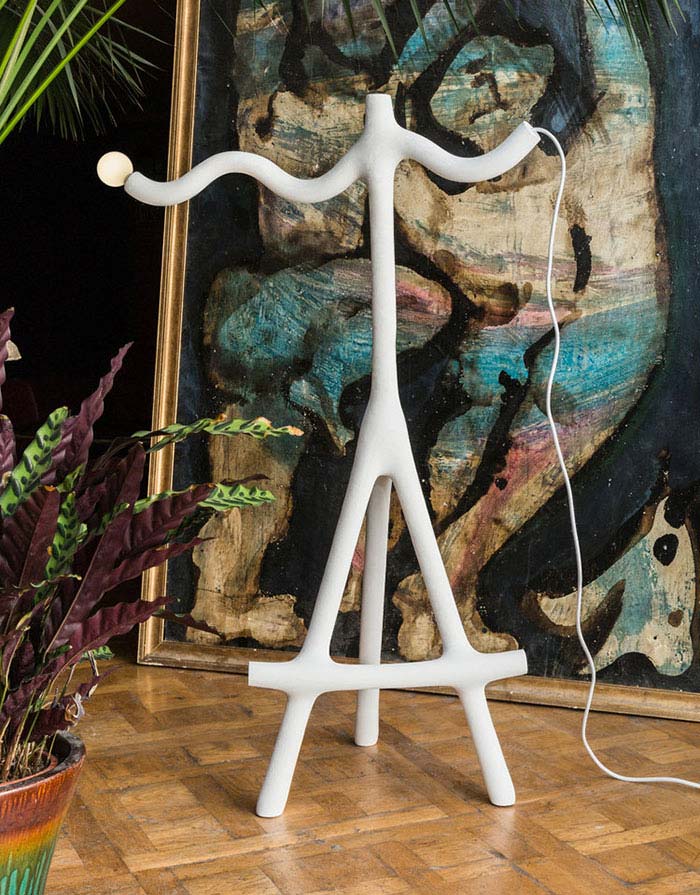
Wave Stool / Wave light 21 x 40 x 57 cm / 96 x 53 x 147 cm 2017
This is a playful series that contains geometric and controlled lines that can be created through a process. This collection, using curved wave lines and straight lines, shows you the imaginative figures that wires can easily make. This fun, but controlled form is made possible by our skilled craftsmanship of the process.
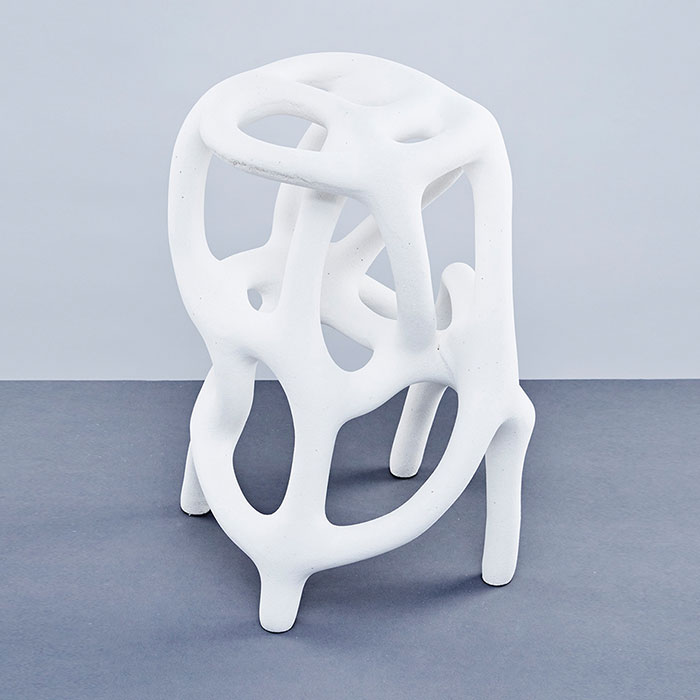
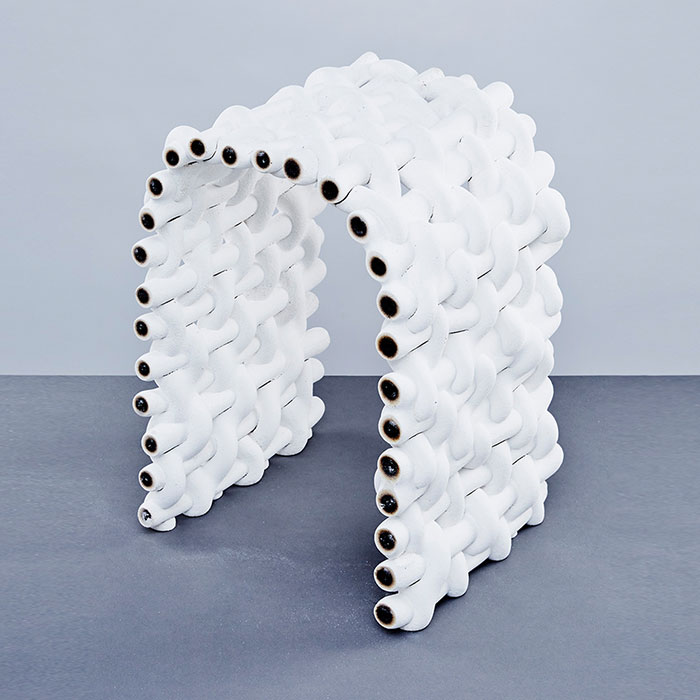
12 Stools
‘12 - Hot Wire Extensions’ is a series of twelve stools exploring the structural potential of this process, showcasing the strength of the material and the flexibility of the process. Throughout its development, various methods and techniques of using the wire were discovered and successively refined. Each stool demonstrates a different approach, emphasising a particular technique of using the wire and composite
Hot Wire Extensions explores alternative processes of making and displays new potentials in industrial production by transforming line structures into solid bodies. The innovative manufacturing process reuses the waste nylon powder of SLS 3D printing. The process starts by building a shape from thin wire made from nichrome – an alloy of nickel, chromium and other metals – that fits within the dimensions of a cuboid container.
The wire form is placed inside the box, which is filled with a mixture of pure silica sand and leftover nylon powder collected as waste from selective laser sintering (SLS) – a form of 3D printing. The sand acts on one side as a filler material, by preventing the nylon powder from dripping off the wire, on the other side, it conducts and distributes the heat further away.
Sponsor
SLS Nylon Powder - Digets2Widgets (London, UK)
Studio ilio is a London based design studio by Royal College of Art graduates Seongil Choi & Fabio Hendry focusing on material research and process development.
Studio ilio is passionate about seeking alternative environments in order to challenge and alter existing manufacturing processes and material uses. They believe that originality in function and aesthetic derives from a unique process. Their innovative products and hands-on experiments explore the boundaries between crafts and industry ranging from furniture to sculptural objects and installations.
Studio ilio
